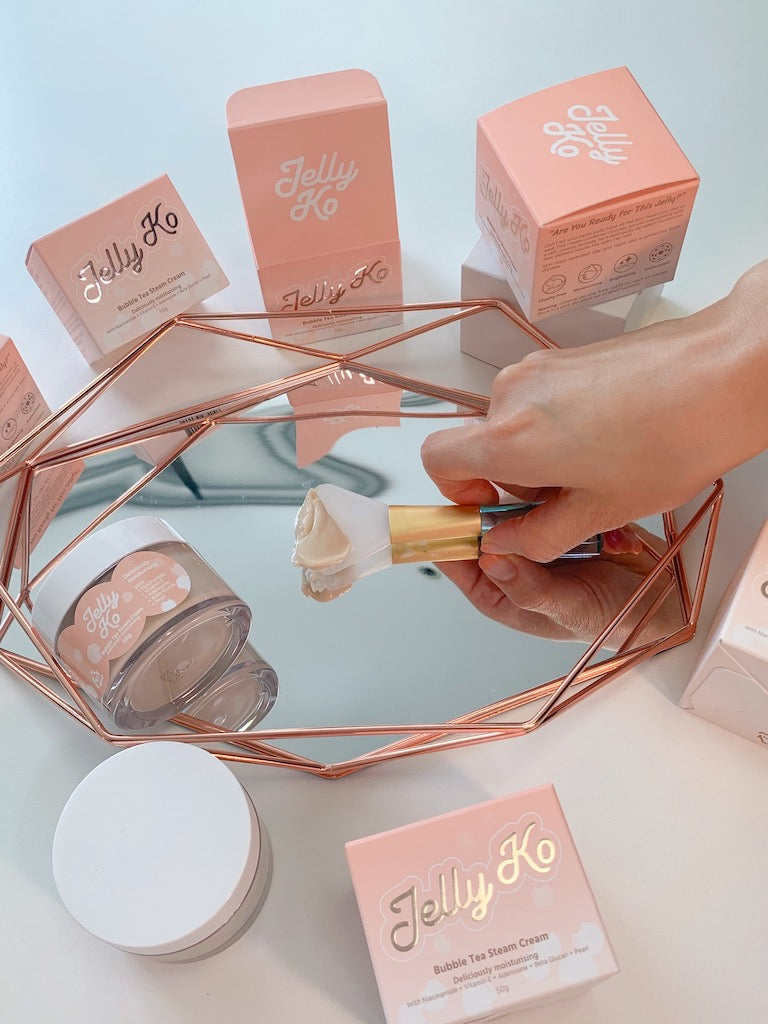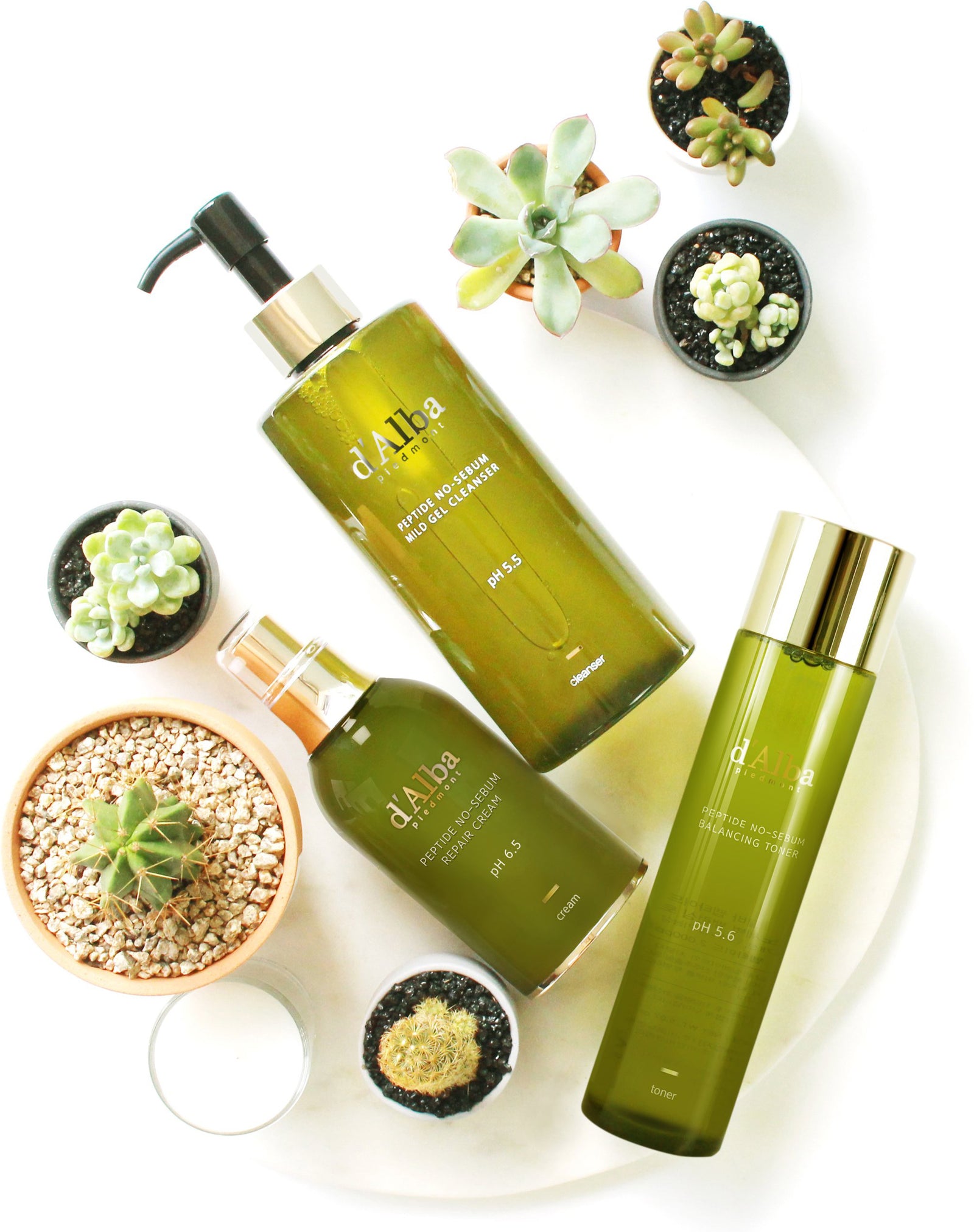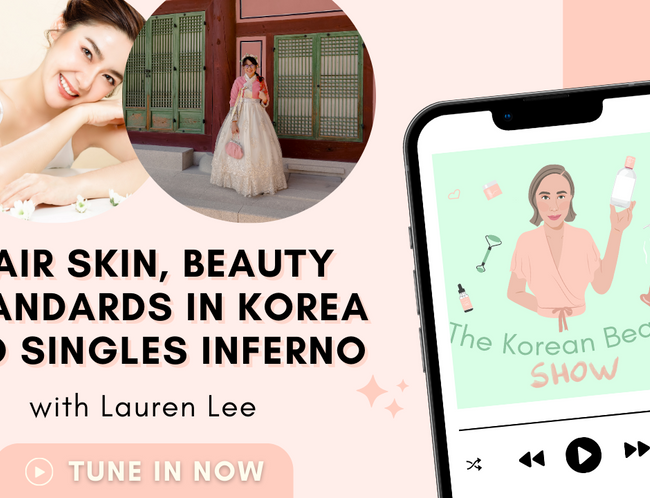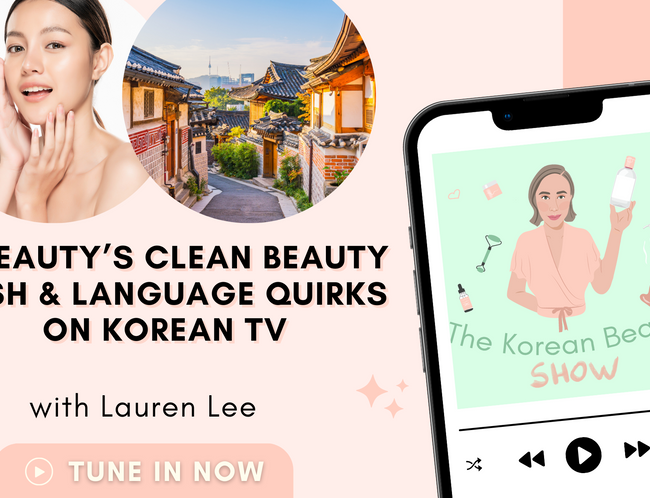Episode Title: Korean Sunscreens & the SPF Controversy Part 2 - Ep 90
Episode Description:
2020-2021 was a bad year for Korean sunscreens with a series of controversies engulfing many brands and manufacturers. Today, we’re wrapping up our deep dive into this part of the Korean beauty industry, and where the industry goes from here. For Part 1 of this 2 part series, listen here.
CONNECT WITH ME
Instagram: www.instagram.com/lauren.kbeauty
Facebook: www.facebook.com/stylestory.au
Website: www.thekoreanbeautyshow.com
Sign Up to Our Mailing List to Join Tester's Club: https://stylestory.com.au/pages/free-gift-signup
Pinterest: https://www.pinterest.com.au/stylestoryau
Tik Tok: https://vt.tiktok.com/ZSaHUgHL/
Download Your Free Guide to K-Beauty: https://manage.kmail-lists.com/subscriptions/subscribe?a=XgHS8t&g=SmUKy
Episode Summary:
Why Was Korean Law Like That In The First Place?
A couple of reasons:
- It was thought that small changes to sunscreen formulas (i.e through the inclusion of plant extracts, fragrances etc) wouldn’t have much change to the overall formulation
- It was therefore seen as a way of reducing “unnecessary regulation” to allow minor changes to formula where the main ingredients themselves weren't changed.
- Obviously putting a sunscreen through in vivo testing is an extremely lengthy and expensive process. In America, the process for a single formulation can cost anywhere between $5000 to $10000. If the formula then isn’t up to scratch or doesn't deliver the SPF factor the company was aiming for, they then need to alter the formula and submit the new one for re-testing and incur the same costs all over again. In Korea, where they use the PA rating test as well, the sunscreen product then needs to go through clinical tests to determine the PA rating. All said and done, companies will spend millions of won to go through this process.
- Therefore, the Korean government decided it was anti-competitive and not in the best interests of smaller companies to limit SPF production to the companies that had hundreds of thousands of dollars for production at their disposal. It was seen as doing away with unnecessary tests and costs in the case where formulas were substantially the same anyway.

I think it's important to note that there was a prevailing belief in the industry that minor changes to fragrance and adding plant extracts was not going to have a big impact on the formula.
In addition to the brands that many people would have been aware of or heard of that were caught up in the scandal (such as Purito, Dr Jart, Dear Klairs, Krave Beauty, Keep Cool) there were many others you probably wouldn’t have heard of before that are more popular in the Korean market, including Round Lab, Hygge, B Remedies, Medi Peel Derma Maison, Wonder Bas, Pao Skin Solution, Doctor Bio, Seoul 60 Brown Lab, Banobagi, Kim Jung Moon etc.
Some were discontinued or quietly withdrawn from the market. Others were still being sold throughout 2021.
Unfortunately, not all of these sunscreens even came from the same manufacturer or the same original formulation that had been previously approved as SPF plus. Dr Jart & Krave Beauty were both made by COSMAX; Hygge and Round Lab were made by Green Cos, as were Keep Cool and Mediheal (albeit taken from a different base formulation). ODM manufacturer Now Cos was also implicated.
This scandal has prompted the Korean Ministry for Food and Drug Safety to take a look into the regulations that allowed this issue to blow up in the first place.

SPF Controversies Overseas
However, issues with products failing to live up to their stated level of SPF protection isn’t a problem limited to Korea alone. The sunscreen index is frequently controversial overseas.
There are not infrequently cases where the labeled index did not come out in testing (see CNN's Report, court cases about AMA Lab publishing false reports etc).
The U.S. FDA recommends testing sunscreen samples of SPF 50 or higher in several laboratories using the same test and method. This is also a method in Australia, where there are many cases of skin cancer.
So, was the Korean SPF Scandal a case of forgery?
Or was it a systemic failure?
I think in circumstances where Korean law allowed this system to take place and the lack of testing, it would be wrong to see it as forgery on behalf of the brands. But that doesn’t mean that responsibility doesn’t need to be taken, particularly in the case of brands that were targeting overseas markets and trying to find loopholes in the laws to sell their products in America etc.
Let’s take a look at how sunscreen is regulated elsewhere. We’ll start with the jurisdiction I am most familiar with, which is obviously Australia.

Regulation Of Sunscreen In Australia
In Australia, the sale of sunscreens is regulated by the Therapeutic Goods Administration (the “TGA“), which is similar to America’s FDA. The TGA classifies sunscreens as products that are “primarily used for protection from UV radiation and have an SPF of 4 or more”. In addition, the TGA also regulates the sale of moisturisers that contain sunscreen with an SPF greater than 15.Makeup is excluded.
The TGA requires that in order to be sold in Australia, sunscreen products be tested to determine their SPF, which is printed on the label. Only approved ingredients can be included in sunscreens, and each of these ingredients has been assessed for safety.
Before a sunscreen can be legally marketed in Australia, it needs to be included in the Australian Register of Therapeutic Goods (the “ARTG“), a link to which can be foundhere.
In short, this is the reason why Korean sunscreens (or at least, none that we know of!) are able to legally be sold in Australia – yet. At present, none of them are included on the ARTG.
Sunscreen Testing In Australia
As you might expect from a country that has some of the harshest rays in the world, it is not a simple process to apply to have a product included on the ARTG. In fact, Australia is well known for being one of the most difficult countries in the world for a product to pass testing.
Sunscreens must be manufactured by a TGA approved manufacturing facility, and can only include TGA approved ingredients – each of which must be assessed for safety.

The Australian Regulatory Guidelines
In addition, sunscreens must comply with the Australian Regulatory Guidelines. These include requirements to reproduce SPF test results, undertake water resistance tests and stability testing, comply with manufacture and quality control conditions, and obtain permits to use new ingredients. There are a laundry list of other requirements.
Labelling
In 2012, the TGA made changes to how sunscreen products were authorised for supply in Australia. The move incorporated changes to labelling, including for sunscreens with a rating of up to SPF 50+.
They also set stringent requirements for ‘broad spectrum performance’ sunscreen. ‘Broad spectrum performance’ means the sunscreen also protects against UVA rays. To reach that requirement, the UVA level must be at one third of the SPF level.
Cost Of Testing
Companies pay a fortune to have their SPF products tested to be able to sell them in Australia. It’s a massive investment of both time and money, and there aren’t too many companies who can afford to make this investment without a guaranteed pay off.
Banana Boat, one popular local maker of TGA-approved sunscreens claims that it takes “about three years” for them to bring a new sunscreen product to the Australian market.
Other companies, including Zoe Foster-Blake’s “Go-To” skincare, have attempted to release a cosmetically elegant sunscreen to the Australian market, only to be given a mere 15+ SPF sun protection rating – nowhere near enough to be used for a day at the beach.
On the one hand, having such strict regulations is great because it ensures that all sunscreens that hit our shores have been SPF tested by their producer. It also means these companies can be held legally accountable for any failures.
On the other hand, it means that the process for introducing new sunscreen products to Australia is much more difficult. This means that Australian-approved sunscreens tend to rely on old chemicals like “nano titanium dioxide” and “zinc oxide” to provide sun protection, which are not as cosmetically elegant as newer types of sunscreen ingredients.

Australian-Approved Sunscreen Ingredients
This is the official list of Australian-approved active ingredients for sunscreen:
- Bemotrizinol
- Benzylidene camphor sulfonic acid
- Butyl methoxy dibenzoylmethane
- Camphor benzalkonium methosulfate
- Cinoxate
- Diethylamino hydroxybenzoyl hexyl benzoate
- Dioxybenzone
- Disodium phenyl dibenzimidazole tetrasulfonate
- Drometrizole trisiloxane
- Ecamsule
- Homosalate
- Isoamyl methoxy-cinnamate
- 4-Methylbenzylidene camphor
- Menthyl anthranilate
- Methylene bis-benzo-triazolyl-tetramethyl-butylphenol
- Octocrylene
- Octyl methoxy-cinnamate
- Octyl salicylate
- Octyl triazone
- Oxybenzone
- Padimate O
- PEG-25 PABA
- Phenylbenzimidazole sulfonic acid
- Polysilicone-15
- Sulisobenzone
- Sulisobenzone sodium
- Titanium dioxide
- Triethanolamine salicylate
- Tris-biphenyl triazine
- Zinc oxide
FDA-Approved Sunscreens
|
|
|
|
Active Ingredient/UV Filter Name
|
Range Covered
|
|
UVA1: 340-400 nm
|
|
UVA2: 320-340 nm
|
|
UVB: 290-320 nm
|
|
Chemical Absorbers:
|
|
|
Aminobenzoic acid (PABA)
|
UVB
|
|
Avobenzone
|
UVA1
|
|
Cinoxate
|
UVB
|
|
Dioxybenzone
|
UVB, UVA2
|
|
Ecamsule (Mexoryl SX)
|
UVA2
|
|
Ensulizole (Phenylbenzimiazole Sulfonic Acid)
|
UVB
|
|
Homosalate
|
UVB
|
|
Meradimate (Menthyl Anthranilate)
|
UVA2
|
|
Octocrylene
|
UVB
|
|
Octinoxate (Octyl Methoxycinnamate)
|
UVB
|
|
Octisalate ( Octyl Salicylate)
|
UVB
|
|
Oxybenzone
|
UVB, UVA2
|
|
Padimate O
|
UVB
|
|
Sulisobenzone
|
UVB, UVA2
|
|
Trolamine Salicylate
|
UVB
|
|
Physical Filters:
|
|
|
Titanium Dioxide
|
UVB, UVA2
|
|
Zinc Oxide
|
UVB,UVA2, UVA1
|
Where Does the Industry Go From Here?
I think it's important to note thatthe Korean sunscreens that went onto fail their SPF tests were sunscreens that entered the market using the exemption for testing procedure. So none of the products had in fact been tested prior to entering the market - they were using a base formula that had been approved, with modifications.

What Does This All Mean for the Korean Sunscreen Industry?
There will be changes in the industry - the regulators are currently looking into it. I don't know if the current loophole system can continue.
As for Korean sunscreens being sold overseas, there are clearly some issues. Particularly for companies selling products into a market that they haven't had their sunscreen properly tested in.
Until a Korean Beauty company is willing to submit their sunscreen to the sunscreen testing processes in Australia, Korean sunscreens aren’t legally available for sale here.
Doing this would require significant time and money to satisfy Australian regulators that Korean products live up to their stated claims.
This doesn’t mean that Korean sunscreen products don’t do what they say (i.e. provide sun protection). It’s just that they aren’t allowed to make these claims yet here in Australia. At present, none of the Korean sunscreens that we know of have attempted to go through the TGA application process.
Looking for Aussie approved sunscreens in Australia?
We put the the call out to our community and asked them for their FAVOURITE Aussie-approved sunscreens that are listed on the ARTG. We've published a handy guide to the Top 15, which you can downloadhere
STYLE STORY - Your Go-To for K-beauty















